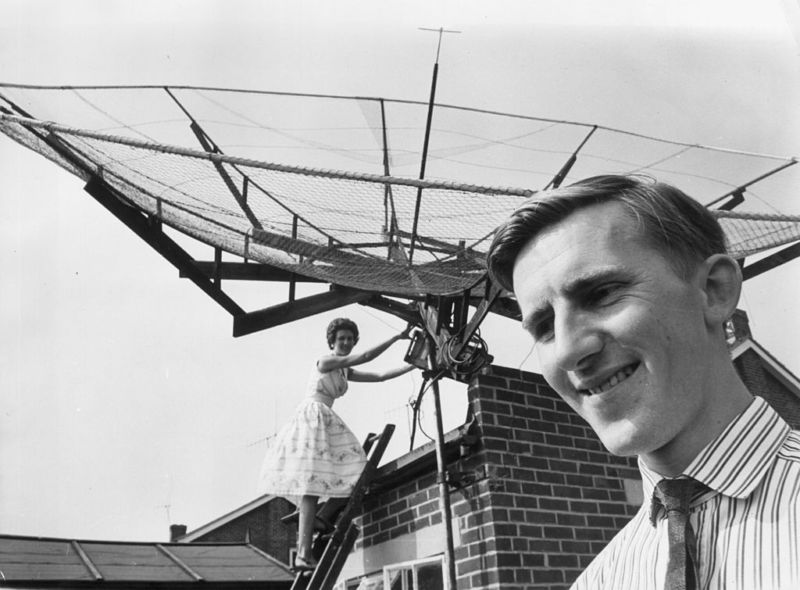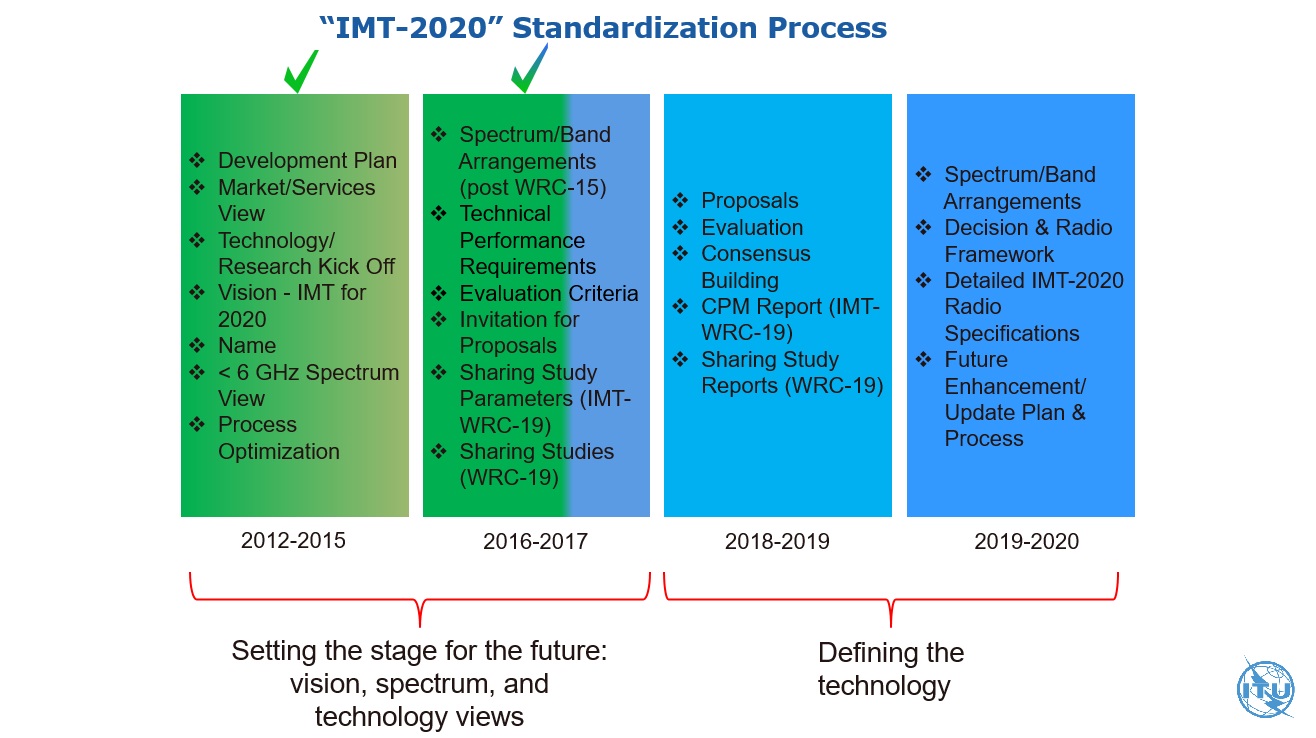5G specs announced: 20Gbps download, 1ms latency, 1M devices per square km

That isn't a 5G base station; it's actually a dish for bouncing Morse code to the moon, back in 1964.
Keystone/Hulton Archive/Getty Images
The total download capacity for a single 5G cell must be at least 20Gbps, the International Telcommunication Union (ITU) has decided. In contrast, the peak data rate for current LTE cells is about 1Gbps. The incoming 5G standard must also support up to 1 million connected devices per square kilometre, and the standard will require carriers to have at least 100MHz of free spectrum, scaling up to 1GHz where feasible.
These requirements come from the ITU's draft report on the technical requirements for IMT-2020 (aka 5G) radio interfaces, which was published Thursday. The document is technically just a draft at this point, but that's underselling its significance: it will likely be approved and finalised in November this year, at which point work begins in earnest on building 5G tech.
I'll pick out a few of the more interesting tidbits from the draft spec, but if you want to read the document yourself, don't be scared: it's surprisingly human-readable.
5G peak data rate
The specification calls for at least 20Gbps downlink and 10Gbps uplink per mobile base station. This is the total amount of traffic that can be handled by a single cell. In theory, fixed wireless broadband users might get speeds close to this with 5G, if they have a dedicated point-to-point connection. In reality, those 20 gigabits will be split between all of the users on the cell.
5G connection density
Speaking of users... 5G must support at least 1 million connected devices per square kilometre (0.38 square miles). This might sound like a lot (and it is), but it sounds like this is mostly for the Internet of Things, rather than super-dense cities. When every traffic light, parking space, and vehicle is 5G-enabled, you'll start to hit that kind of connection density.
5G mobility
Similar to LTE and LTE-Advanced, the 5G spec calls for base stations that can support everything from 0km/h all the way up to "500km/h high speed vehicular" access (i.e. trains). The spec talks a bit about how different physical locations will need different cell setups: indoor and dense urban areas don't need to worry about high-speed vehicular access, but rural areas need to support pedestrians, vehicular, and high-speed vehicular users.
5G energy efficiency
The 5G spec calls for radio interfaces that are energy efficient when under load, but also drop into a low energy mode quickly when not in use. To enable this, the control plane latency should ideally be as low as 10ms—as in, a 5G radio should switch from full-speed to battery-efficient states within 10ms.
5G latency
Under ideal circumstances, 5G networks should offer users a maximum latency of just 4ms, down from about 20ms on LTE cells. The 5G spec also calls for a latency of just 1ms for ultra-reliable low latency communications (URLLC).
5G spectral efficiency
It sounds like 5G's peak spectral efficiency—how many bits can be carried through the air per hertz of spectrum—is very close to LTE-Advanced, at 30bits/Hz downlink and 15 bits/Hz uplink. These figures are assuming 8x4 MIMO (8 spatial layers down, 4 spatial layers up).
5G real-world data rate
Finally, despite the peak capacity of each 5G cell, the spec "only" calls for a per-user download speed of 100Mbps and upload speed of 50Mbps. These are pretty close to the speeds you might achieve on EE's LTE-Advanced network, though with 5G it sounds like you will always get at least 100Mbps down, rather than on a good day, down hill, with the wind behind you.
The draft 5G spec also calls for increased reliability (i.e. packets should almost always get to the base station within 1ms), and the interruption time when moving between 5G cells should be 0ms—it must be instantaneous with no drop-outs.
The next step, as shown in the image above, is to turn the fluffy 5G draft spec into real technology. How will peak data rates of 20Gbps be achieved? What blocks of spectrum will 5G actually use? 100MHz of clear spectrum is quite hard to come by below 2.5GHz, but relatively easy above 6GHz. Will the connection density requirement force some compromises elsewhere in the spec? Who knows—we'll find out in the next year or two, as telecoms and chip makers start developing draft 5G tech.





1 comments